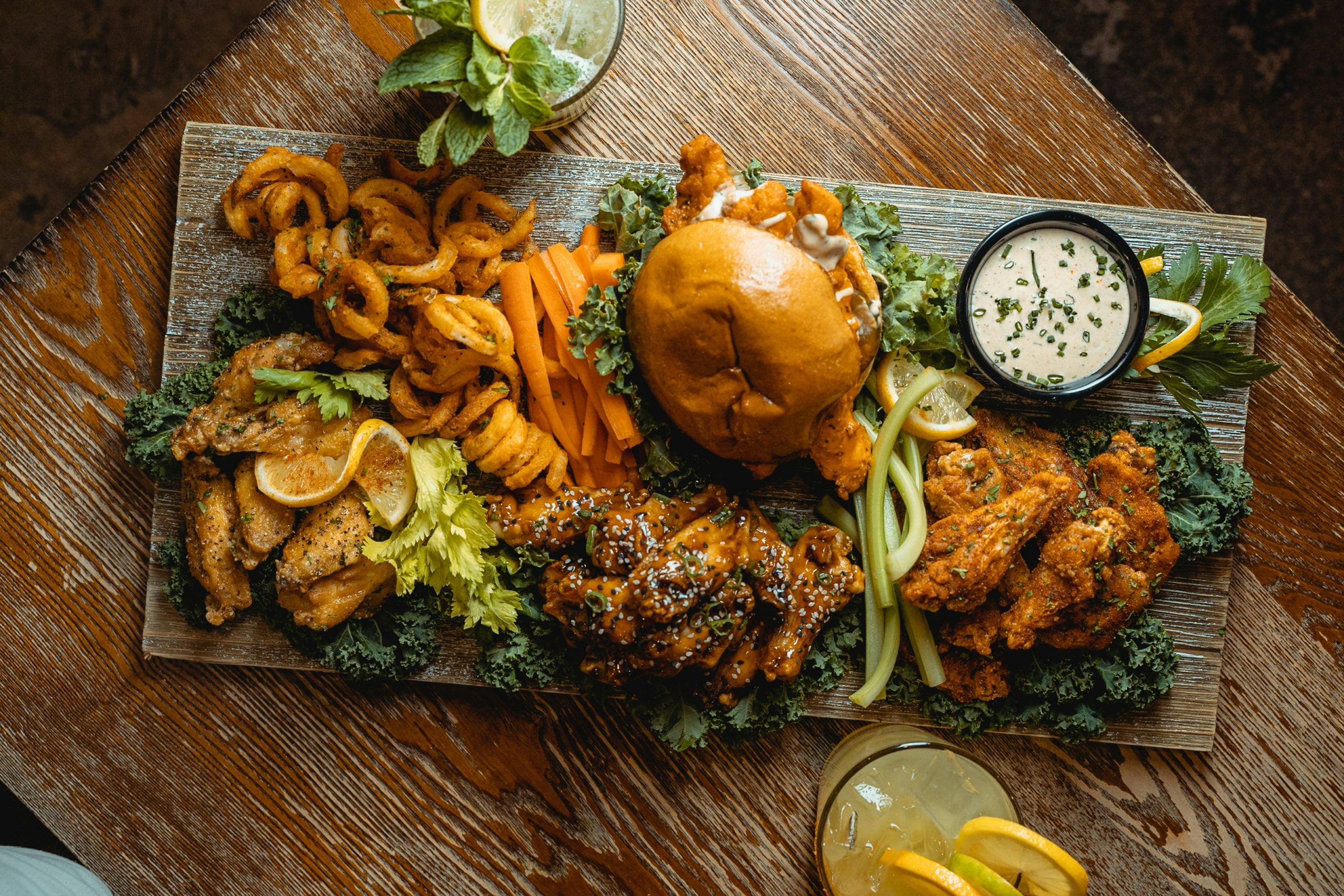
The Hidden Key to Managing Diabetes and Blood Sugar
Have you ever wondered why some foods leave you feeling energised for hours while others make you crash soon after eating? The answer might lie in something called the Glycaemic Index (GI). If you have diabetes, are at risk of developing it, or simply want to improve your health, understanding the GI can make a big difference.

Photo by Mark Patterson on Unsplash
Let’s break it down in simple terms. The GI measures how quickly and how much a food raises your blood sugar levels after you eat it. Foods are ranked on a scale from 0 to 100. Those with a low GI (55 or less) cause a slow, steady rise in blood sugar, while high-GI foods (70 or more) cause a rapid spike. Medium-GI foods fall somewhere in between. For anyone managing their blood sugar—and especially for people with diabetes—this is crucial information.
Why does this matter so much? When you eat foods that cause rapid blood sugar spikes, your body has to work harder to bring those levels down. Over time, this can strain your system and lead to complications like nerve damage, heart disease, and kidney problems. On the other hand, low-GI foods provide a more stable source of energy, helping you maintain balanced blood sugar levels.
What Makes the GI So Important?
Here are some key things to know about the GI:
- It applies only to carbohydrate-containing foods. Protein- and fat-rich foods don’t have a GI.
- Portion size matters. Even low-GI foods can impact your blood sugar if eaten in large quantities.
- Cooking methods can change the GI of a food. For example, pasta cooked al dente has a lower GI than soft, overcooked pasta.
- Eating a high-GI food with low-GI options or adding protein, fibre, or healthy fats can reduce the overall effect on your blood sugar.
- Individual responses vary. Your age, activity level, and metabolism can all affect how your body reacts to different foods.
- Using BUZUD’s Continuous Glucose Monitor (CGM) and app can help you understand these responses better. The CGM provides real-time insights into how your blood sugar reacts to specific foods, while the app’s AI-powered analysis helps you identify patterns and make informed dietary choices. This combination ensures you have a personalised approach to managing your blood sugar effectively.
How Can Understanding the GI Help You?

Photo by Adalia Botha on Unsplash
By paying attention to the GI of foods, you can make smarter choices that align with your health goals. For people with diabetes, this can mean fewer blood sugar spikes and a reduced risk of complications. But even if you don’t have diabetes, choosing low-GI foods can provide sustained energy, help with weight management, and improve overall health.
For example, swapping out high-GI white bread for wholegrain bread or choosing sweet potatoes instead of regular potatoes are simple changes that can have a big impact. Low-GI foods like rolled oats, lentils, apples, and carrots can keep you feeling full and energised for longer. Meanwhile, high-GI options like sugary drinks and white rice should be eaten in moderation.
 Using AI-powered dietary analysis tools, like those integrated into BUZUD’s app, can make understanding and applying the GI even easier. These tools can analyse your meals, provide personalised recommendations, and help you balance your diet effectively. By incorporating BUZUD’s technology, you can gain insights into how different food choices impact your blood sugar and adjust accordingly to maintain better control.
Using AI-powered dietary analysis tools, like those integrated into BUZUD’s app, can make understanding and applying the GI even easier. These tools can analyse your meals, provide personalised recommendations, and help you balance your diet effectively. By incorporating BUZUD’s technology, you can gain insights into how different food choices impact your blood sugar and adjust accordingly to maintain better control.
Making the GI Work for You
Understanding the GI doesn’t mean you need to memorise a long list of foods and their rankings. Instead, focus on simple, practical strategies to include more low- and medium-GI foods in your daily meals. For instance, swap out high-GI options like white bread or sugary snacks for wholegrain bread or fresh fruits.
When you do choose high-GI foods, balance their effects by pairing them with protein, fibre, or healthy fats. For example, if you’re having white rice, try combining it with grilled chicken and a generous portion of steamed vegetables. This not only lowers the overall glycaemic impact of the meal but also adds important nutrients and keeps you feeling full longer.
Fibre is a particularly powerful ally. Fibre-rich foods such as beans, lentils, whole grains, and a variety of vegetables not only lower the GI of a meal but also support better digestion and sustained energy levels. Including these foods regularly in your diet can make a noticeable difference in managing your blood sugar.
Taking Control of Your Health
The Glycaemic Index is a powerful tool that can help you take charge of your health. By understanding how different foods affect your blood sugar, you can make informed choices that support your body. Whether you’re managing diabetes or just aiming for a healthier lifestyle, the GI offers a simple way to stay on track and feel your best.
 For even greater precision, consider using BUZUD’s Continuous Glucose Monitor (CGM) alongside their app’s AI-powered dietary analysis. The CGM provides real-time feedback on how your blood sugar responds to different foods, while the app helps you understand these patterns and make smarter choices. Together, these tools can transform the way you manage your health.
For even greater precision, consider using BUZUD’s Continuous Glucose Monitor (CGM) alongside their app’s AI-powered dietary analysis. The CGM provides real-time feedback on how your blood sugar responds to different foods, while the app helps you understand these patterns and make smarter choices. Together, these tools can transform the way you manage your health.
So next time you’re planning a meal or snack, think about the GI. It’s not just about what you eat—it’s about how those foods help you live better every day.
No Comments
Leave a Reply
You must be logged in to post a comment.
